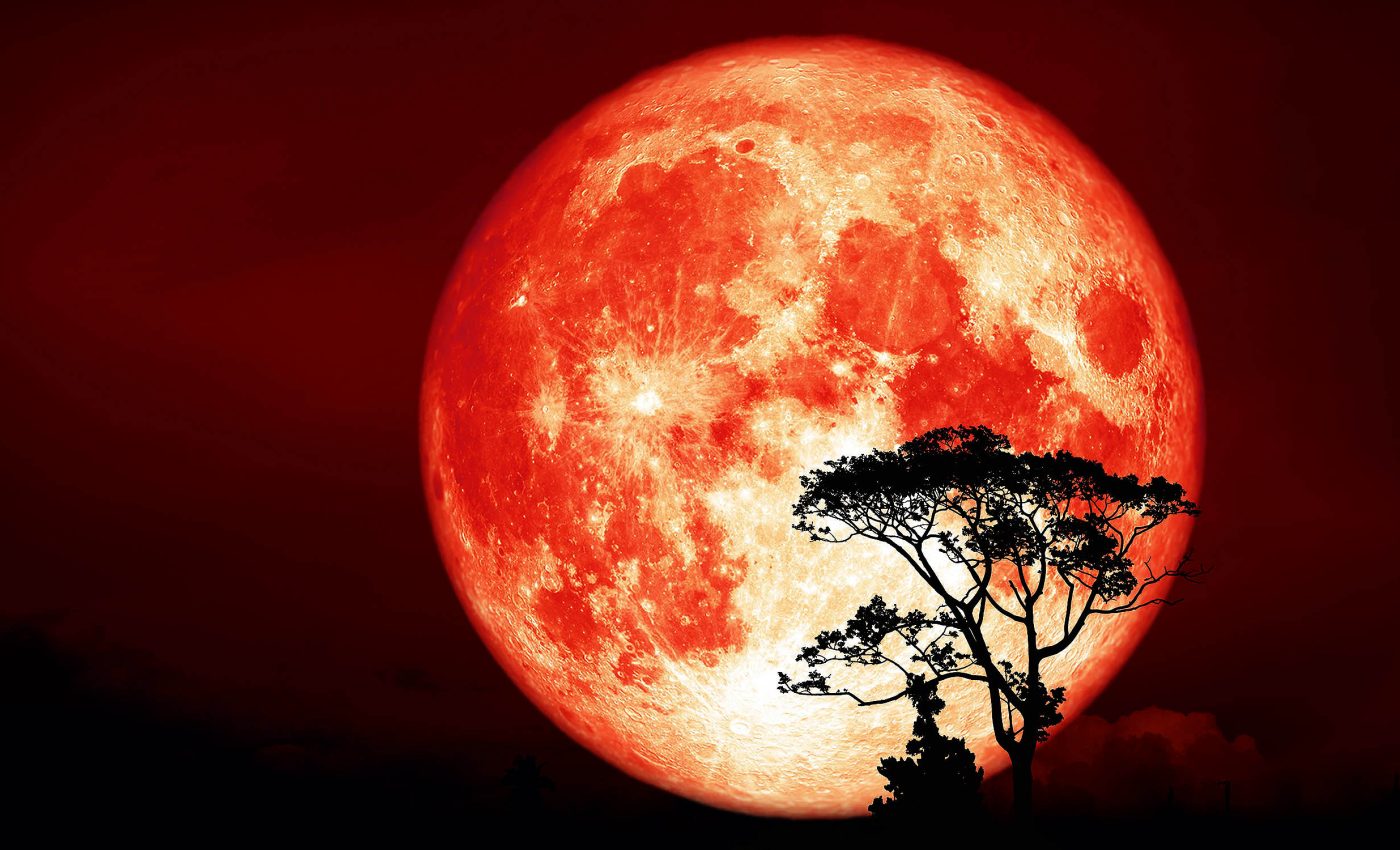
"Hunter's Supermoon" prepares to light up the October skies this week
Ever had an idle moment beneath the starlit sky, utterly mesmerized by the visual delight above? If your answer is yes, do yourself a favor and look UP next week. We’re in for a celestial treat as the spectacle of our lunar companion in its supermoon avatar, aptly named the Hunter’s Moon.
Understanding the Hunter’s Moon
Each full moon carries its unique tale, and the Hunter’s Moon is no exception. In times past, people viewed this moon as a harbinger of the impending chilly winter and a signal to prepare for colder months.
This moon phase has also held notable significance in several cultures, each with its unique interpretations and associations.
The Hunter’s Moon got its name from the historical practice of hunters utilizing the bright moonlight to track game and gather food in preparation for winter.
This full moon rises soon after sunset, extending the period of illumination more than usual.
As it ascends, the Hunter’s Moon appears particularly large and orange, a visual effect produced by its lower position on the horizon and the scattering of light in the atmosphere.
This lunar phase holds cultural significance across various traditions, representing a time for preparation and gathering, underscoring the importance of readiness for the impending colder months.
While contemporary life may not depend on this extra light to hunt or complete outdoor tasks, the Hunter’s Moon remains a fascinating reminder of nature’s rhythms and the cyclical changes of the seasons.
Why Hunter’s supermoon is special
So, what makes a supermoon so super? Let’s clear up the mystique before the Hunter supermoon appears in the skies on October 17, 2024.
“A supermoon is the result of a full moon occurring when the moon is near its closest point to the Earth in its orbit,” said Anna Gammon-Ross, senior planetarium astronomer at the Royal Museums Greenwich.
“This can happen because the moon orbits the Earth on an elliptical path rather than a circular one. As a supermoon means that the moon is a little closer to us, it will appear slightly bigger in the sky.”
Witnessing a supermoon is a sensory treat. Our constant nocturnal partner metamorphoses into an awe-inspiring sight. It commands attention with increased size and amplified glow that is nothing short of captivating.
The supermoon involves a full moon coinciding with its closest approach to Earth, known as perigee, leading to a larger visual diameter and brightness.
October: Month to stargaze
But October isn’t just about the supermoon. The month serves up a visual feast of celestial bodies, with planets like Venus, Saturn, Jupiter, and Mars making a twinkling appearance.
Coupled with stars and constellations such as the Summer Triangle, Perseus, Cassiopeia, and Polaris, you have a stellar exhibit right above you.
So, remember to steal a moment, look upwards, and marvel at the universe’s grandeur.
During the supermoon, the moon appears about 14% larger and 30% brighter than your average full moon. This slight difference in distance crafts a visual spectacle that’s beyond the ordinary.
The upcoming Hunter’s Moon supermoon will have varying visibility depending on your location.
Plan ahead, keep abreast of local weather forecasts, clear your schedules and get ready to witness this notable cosmic event.
Making the most of stargazing
To truly relish this celestial occurrence, here are some handy tips. Seek out a spot far from city lights to lessen light pollution and enrich your view of the stars, planets, and of course, the supermoon.
Utilize binoculars or a telescope for a closer look. However, the supermoon is an awe-inspiring spectacle even to the naked eye.
Dress comfortably for the nighttime temperatures, and consider using a red flashlight to sustain your night vision.
You could also use smartphone apps that identify celestial bodies and track planetary movements real-time.
Photographing the Hunter’s moon
Capturing the supermoon in all its splendor can be a rewarding experience. To snap the best shots, use a camera with manual settings to adjust exposure and focus.
A tripod is essential to keep your camera steady, especially during long exposure shots.
Consider including an interesting foreground, like a silhouette of a tree or building, to give your photos a sense of scale and context.
If you’re using a smartphone, use a moon photography app to adjust your settings more effectively.
Behind the celestial wonders
Grasping the mechanics behind cosmic events like the supermoon uncovers the intricacies of our universe.
The moon’s orbit around Earth, being an ellipse, results in variable distances throughout the lunar cycle.
During perigee, the moon is closest to Earth, its gravitational pull intensifies, making the moon appear larger and brighter.
This proximity also influences Earth’s tides, causing unusually high and low tides, known as “perigean spring tides.”
These phenomena depict the dynamic and direct relationships between celestial and terrestrial phenomena.
Thanks to the astronomical community, we’ve dived into the mystery of the Hunter’s Moon and the cosmic treasures that October brings.
So, on October 17, 2024, step outside, cast your eyes skyward, and let yourself be captivated by the wonders of the universe.
—–
Like what you read? Subscribe to our newsletter for engaging articles, exclusive content, and the latest updates.
Check us out on EarthSnap, a free app brought to you by Eric Ralls and Earth.com.
—–













